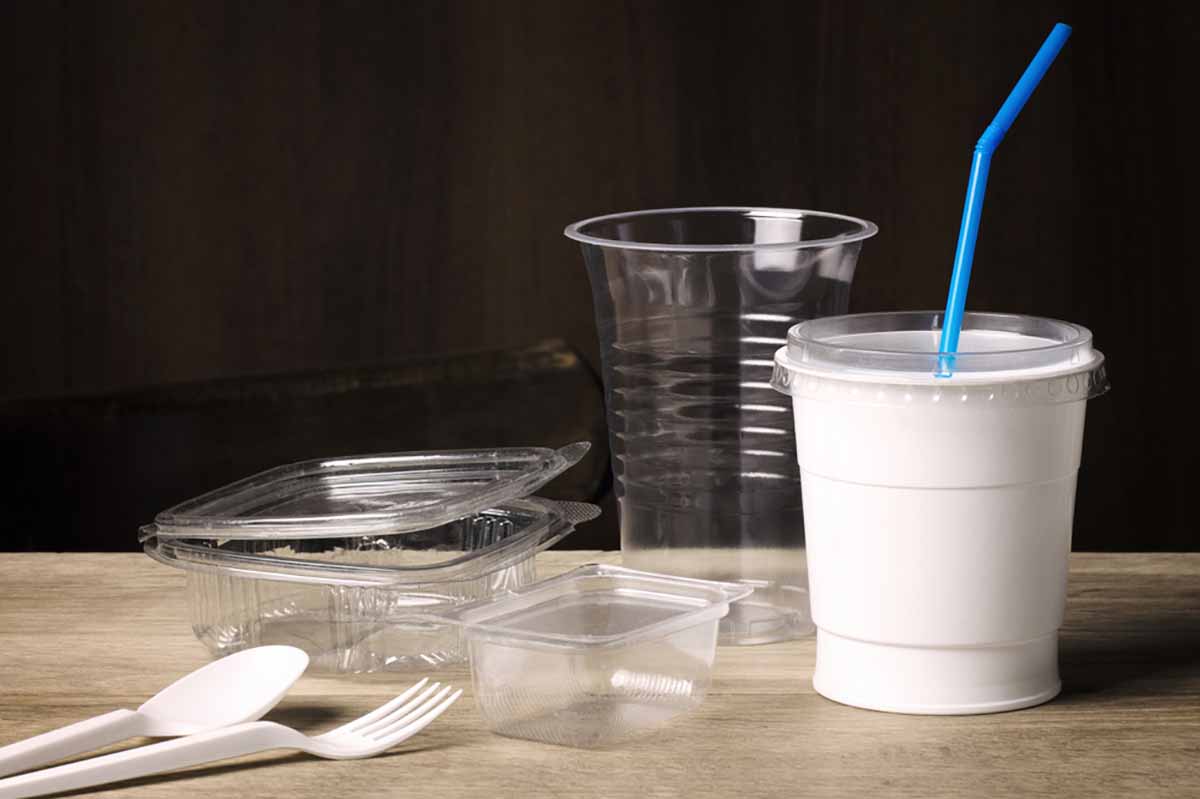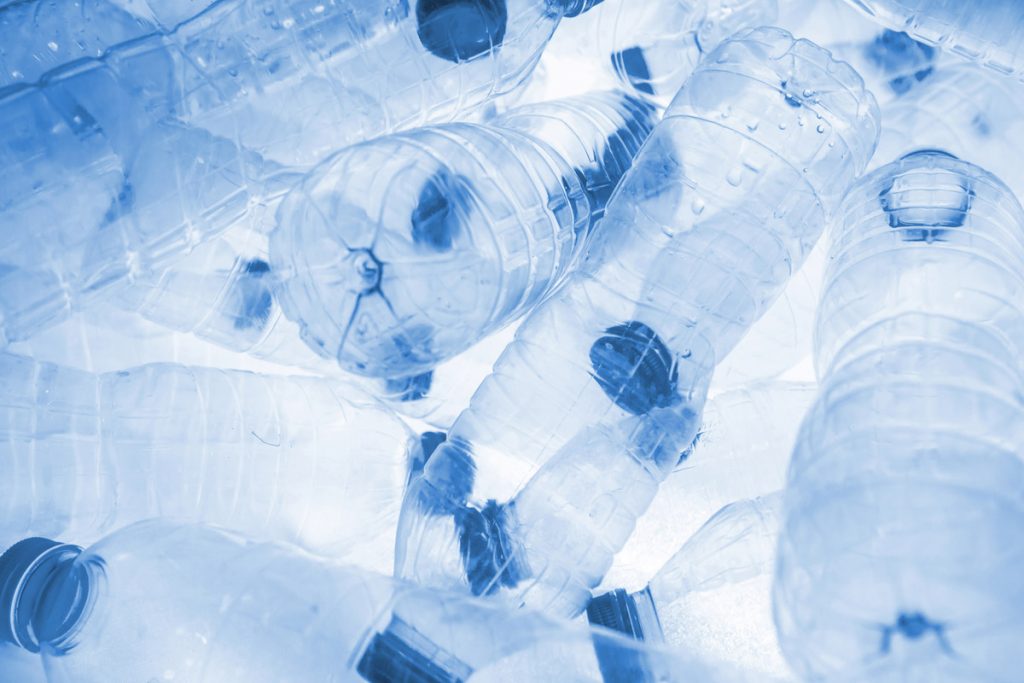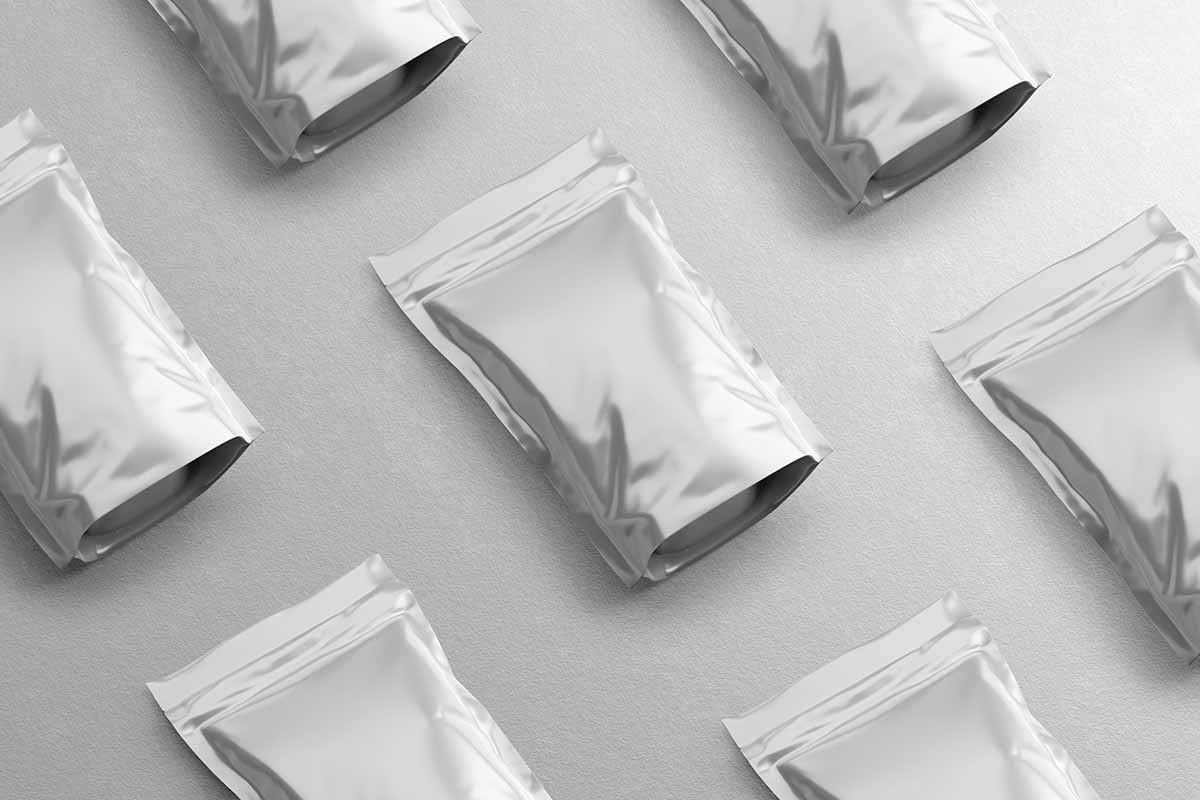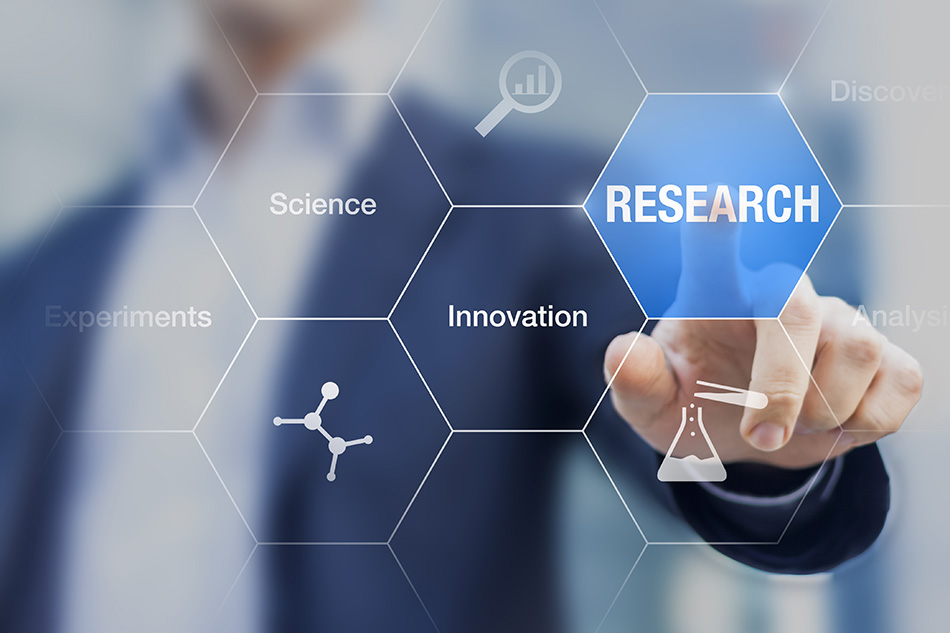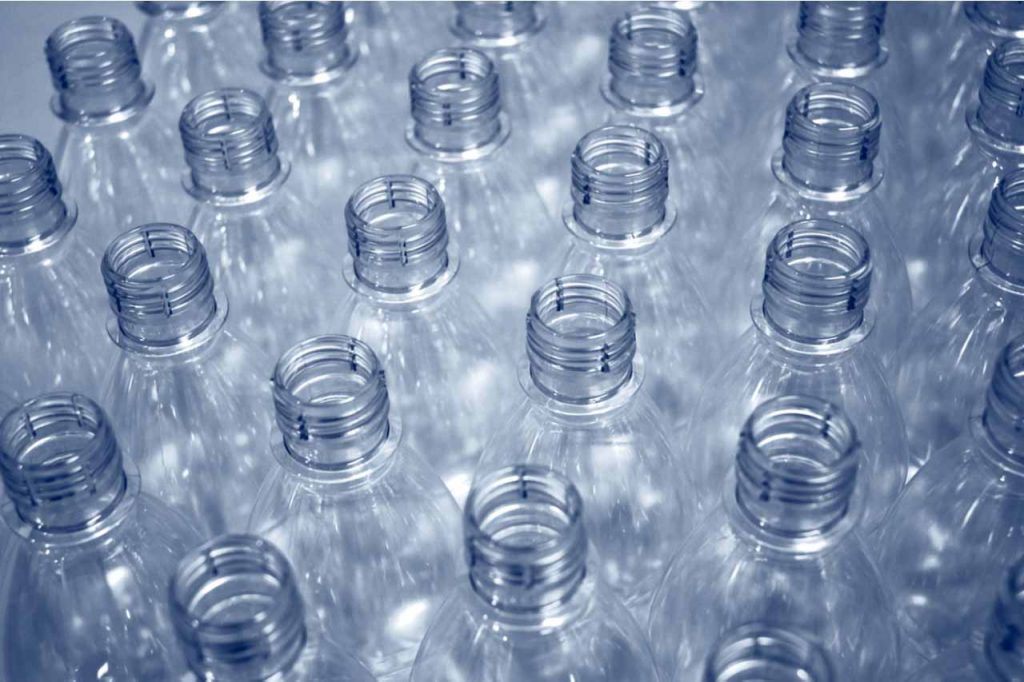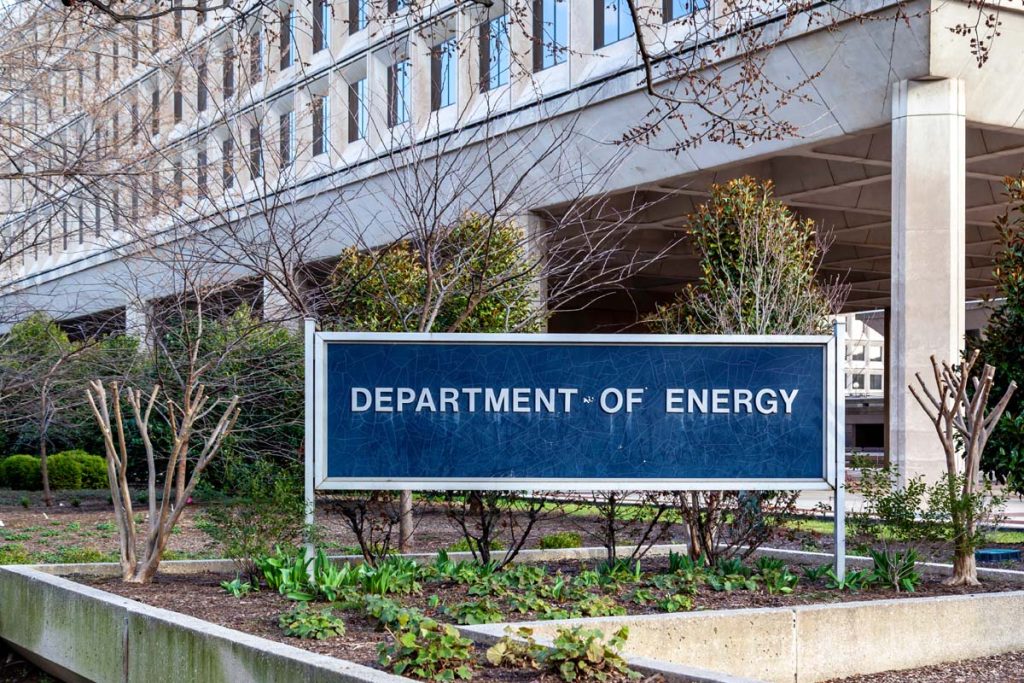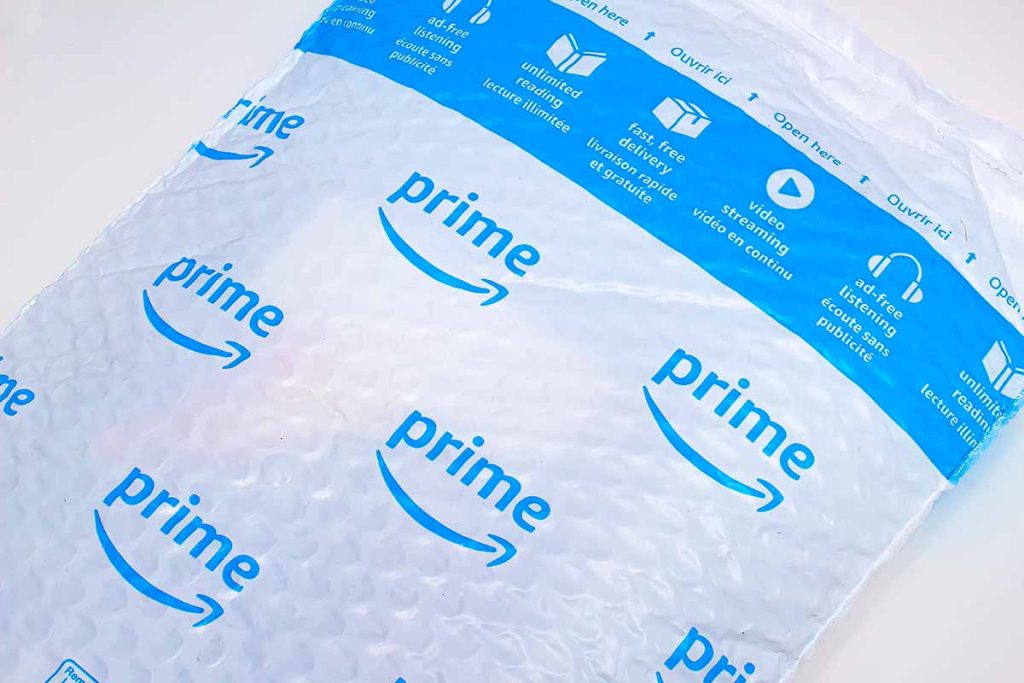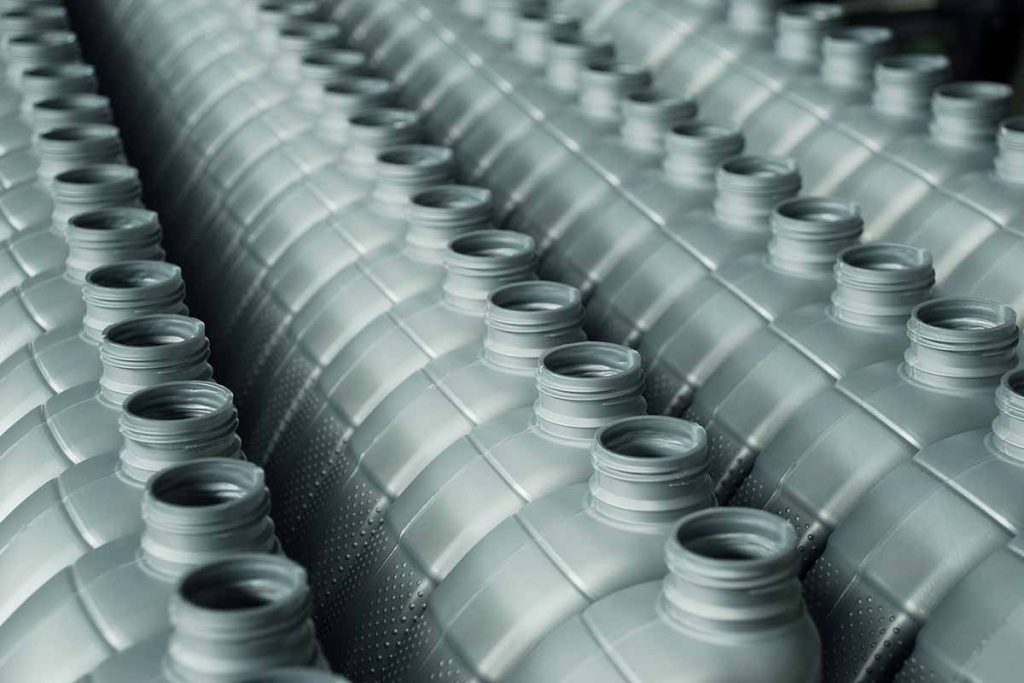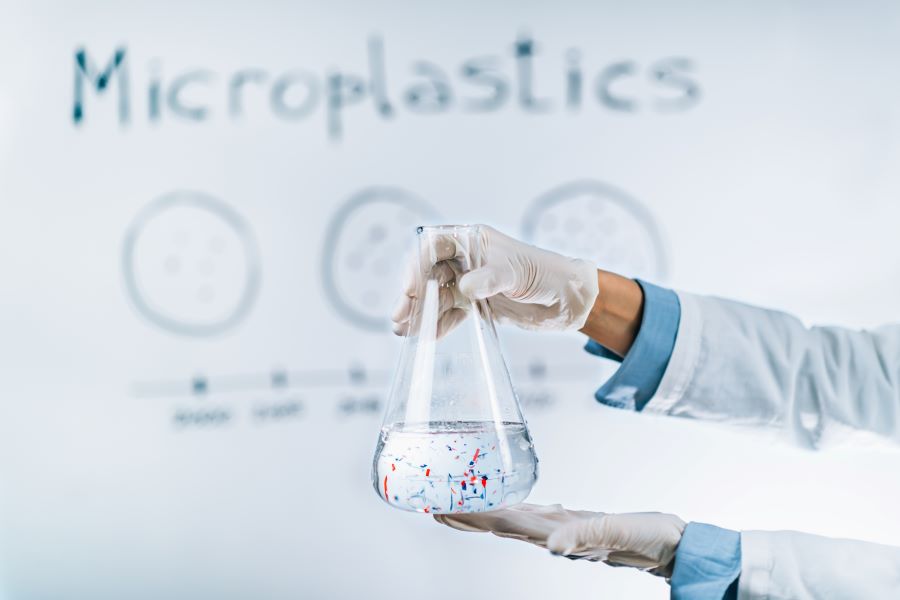
Researchers found that one UK facility discharged somewhere between 59 and 1,184 metric tons of microplastics in a single year. | Microgen/Shutterstock
Research from the UK found that plastic recycling facilities are discharging microplastics into water systems and suggested both further research and stronger wastewater filtration systems to address the pollution. Continue Reading


